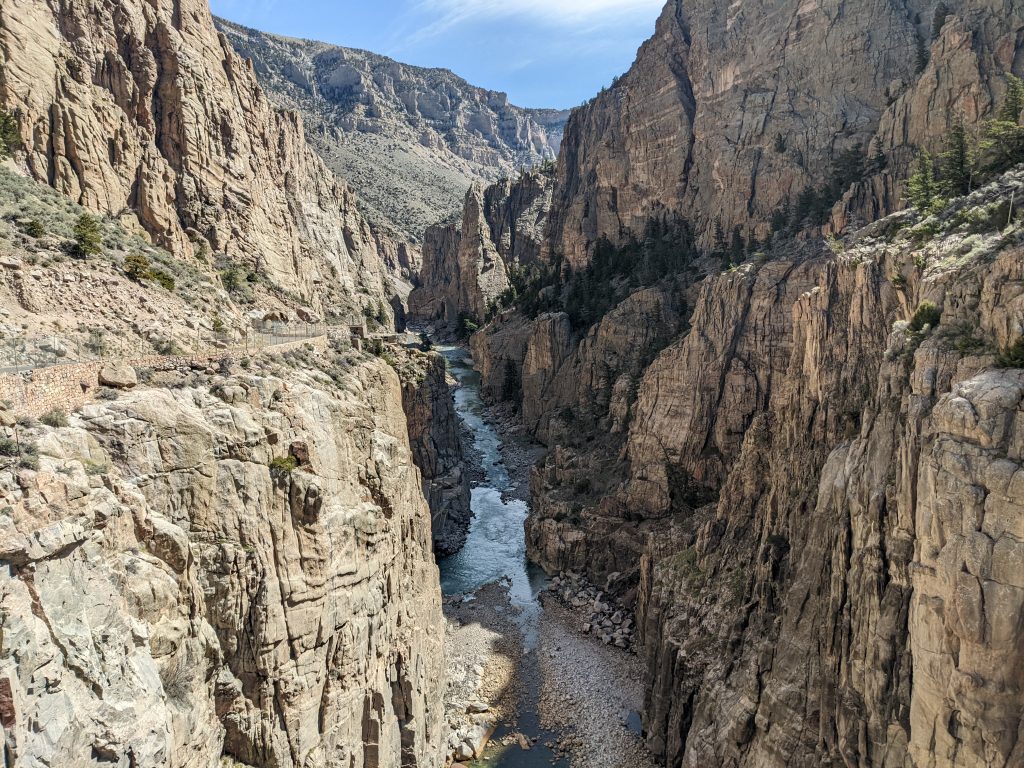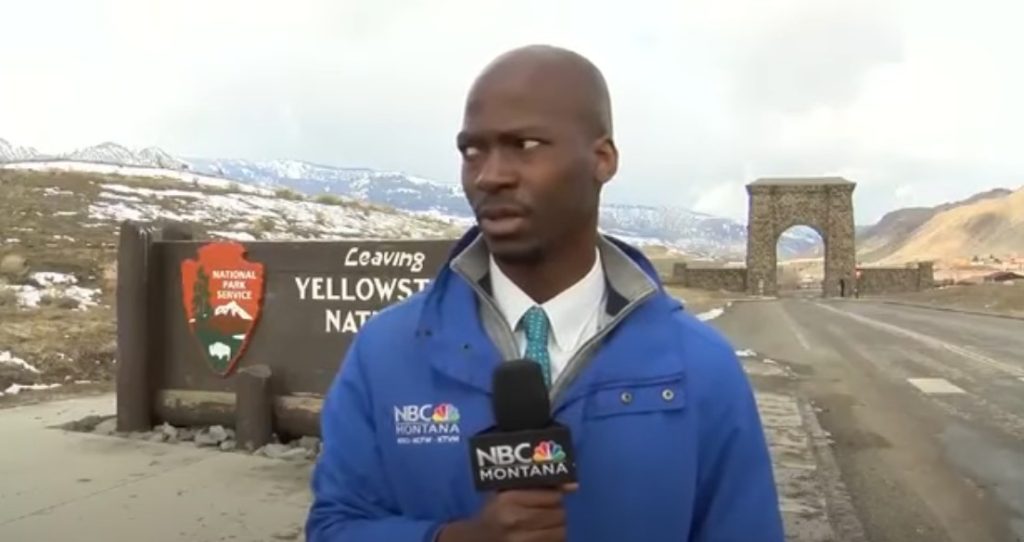Yellowstone Supervolcano Eruption? 6 Facts About the Yellowstone Caldera
Written by Nick on April 1, 2023
The Yellowstone Supervolcano: Facts and Fiction
Not Yellowstone visitor realizes it, but America’s first national park is located on top of a caldera — widely referred to as the Yellowstone supervolcano.
Every now and then, clusters of seismic activity within Yellowstone National Park make people wonder: Is this sleeping giant suddenly waking?
In a word, no. But that doesn’t mean people don’t have a right to be concerned. Sure, there are plenty of alarmists who are just looking to get people riled up for whatever reason (hint: it’s usually for attention), but it’s also understood that the volcanic forces at work beneath Yellowstone will likely prove devastating should they combine for another massive eruption.
What’s worth worrying about, and what isn’t? Here, we’ll give you a list of facts to help you separate facts from fiction regarding the Yellowstone supervolcano.
1. No, a Yellowstone Eruption Isn’t Overdue
Yellowstone is not overdue, and frankly, if you hear someone on a documentary or on the internet or something say Yellowstone’s overdue, you’ll know right off the bat that they don’t know what they’re talking about at all. – Mike Poland, Scientist-In-Charge, Yellowstone Volcano Observatory
In 2021, Poland gave an update on the Yellowstone caldera and clarified some key misconceptions. Perhaps his most important point is that the magma beheath Yellowstone is moving deeper into the Earth, rather than rising closer to the surface. We’ll discuss this magma more in just a moment.
If you didn’t see our coverage of Poland’s caldera update, it’s worth a read and will answer many of your questions about the Yellowstone supervolcano.
2. 16.5 Million Years in the Making
The Yellowstone-Snake River Plain volcanic system that drives caldera activity inside the park today has abeen around for roughly 16.5 million years.
The “hot spot” first resulted in volcanic activity near the Idaho-Nevada-Oregon borders, gradually moving along a northeastern track toward present-day Yellowstone over millions of years.
Some 10-11 million years ago, the same hot spot helped form what’s now known as the Craters of the Moon National Monument and Preserve, as well as nearby formations.
Over the 500-mile trail, this volcanic system formed over 100 calderas as the North American tectonic plate continued its movement above a shallow body of magma.
3. Yellowstone Has Erupted Dozens of Times
The first Yellowstone supervolcano eruption occurred some 2.1 million years ago, followed by another eruption about 800,000 years later. The third super eruption took place roughly 640,000 years ago.
It was this third eruption that created the roughly 1,350 square-mile Yellowstone Caldera as we know it today.
The first large Yellowstone eruption was one of the biggest volcanic events ever.
You thought the Mt. St. Helens eruption in 1980 was huge? That first Yellowstone eruption ejected about 6,000 times more volcanic material. Ash coated almost 5,800 square miles, falling as far away as Missouri.
Since the third huge eruption, there have been 80 smaller eruptions. One of these, which occurred about 174,000 years ago, formed the West Thumb of Yellowstone Lake.
4. Two Moving Domes Within the Yellowstone Caldera
Yellowstone sees so much geothermal and volcanic activity because it’s currently over a body of magma that is fairly close to the surface. Pressure from this magma has created two domes within the caldera, dubbed the Sour Creek Dome and Mallard Lake Dome.
The magma sits just a few miles beneath these domes. As hydrothermal fluids move beneath them, these domes gradually grow or shrink. With them, though to a lesser degree, the entire caldera floor correspondingly lifts or sinks.
If you’ve been to Yellowstone, you may have seen trees on the southern shore of Yellowstone Lake in the water. Obviously, they didn’t just grow there.
Over the past 100 years, the shifting caldera floor has actually tilted to the south, which is why the southern trees are partially submerged and there’s exposed beach in the Fishing Bridge area.
5. When Will the Yellowstone Supervolcano Erupt?
Experts expect another Yellowstone eruption within the next several thousand or million years. That might seem like an awfully broad window, but when you consider just how vast geologic time really is, the prediction seems pretty fair.
The National Park Service says it’s unlikely that the Yellowstone volcano will erupt again within the next several hundred years.
If it did, the probable result would be lava flows, though there’s no evidence indicating we should expect lava flows any time soon.
Lava flows occurred after the last major eruption. Experts say lava would move slowly over months and years, not unlike recent activity in Hawaii.
This slow movement would give authorities all kinds of time to keep people safe.
One more note: The world-famous Old Faithful geyser will likely behave differently as the underlying geological processes evolve. That means Old Faithful could erupt more or less frequently, or even stop altogether. But any such changes would not necessarily be evidence of an impending volcanic eruption in Yellowstone.
6. The Yellowstone Volcano is Under Constant Observation
Is the Yellowstone supervolcano a potential threat to life in North America? Based on what a large eruption could look like, it’s certainly worth monitoring — which is exactly what a team of experts spend their time doing.
Established in 2001, the Yellowstone Volcano Observatory is a long-term program that uses sophisticated tools and techniques to keep an eye on volcanic activity in the Yellowstone region. They work to assess the potential hazards, monitor data crucial to providing timely warnings, and better understand the geological processes at play.
This group is a cooperative effort among several groups:
- US Geological Survey
- National Park Service
- University of Wyoming
- University of Utah
- State Geological Surveys of Wyoming, Idaho and Montana
- University NAVSTAR Consortium
And this project isn’t a black box. Anyone can access real-time reporting at the group’s website.

